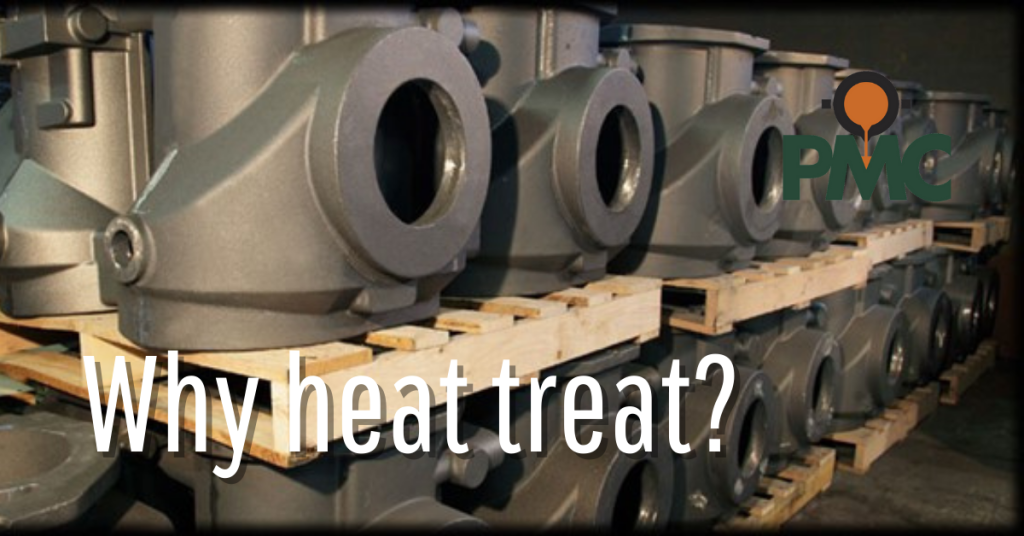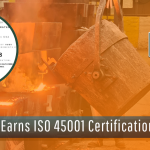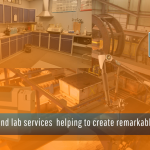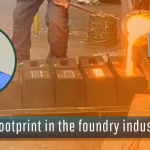
Iron, in its pure form, is lustrous, silvery, and soft. Iron’s electrons can spin in the same direction, which means it effortlessly combines with alloying elements. Iron is also polymorphic. Its crystal structure can transform into different forms by changing the temperature and carbon content. Iron’s properties make it valuable to metallurgists and engineers.
The team at Penn-Mar Castings knows just what your iron component needs in terms of alloys and temperatures to perform its intended function in its future environment. Today, we’ll focus on heat treatment. Heat treatments for cast iron involve stress relief, annealing, normalizing, and hardening.
*This article was adapted from https://www.industrialheating.com/articles/94644-heat-treatment-of-cast-irons
Stress Relief
Stress relief is required due to internal (residual) stress in the castings from cooling a complex or intricate shape or radical changes in the cross-sectional area. In stress relief, the time-temperature relationship plays a significant role. Higher temperatures will affect mechanical properties and often require the use of a protective atmosphere to avoid oxidation.
Annealing
The annealing process is applied to castings primarily to improve machinability by softening the material. In the case of ductile iron, increases in ductility and impact resistance often result. Various heating and cooling cycles can be used.
Normalizing
Iron castings are commonly normalized to obtain a microstructure of fine pearlite. The result is increased tensile strength and wear resistance. Normalized structures respond well to induction hardening. Cooling rates vary from still-air to fan-assisted cooling for large castings. Tempering is done if the final hardness is too high.
Hardening (Quench and Temper)
To avoid distortion, warpage, overheating (“burning”), or quench cracking, metallurgists carefully select and control process parameters. The lower-critical temperature for cast irons can be calculated by sample analysis.
Cryogenic Processing
Many cast irons are cryogenically treated (-195˚C/-320˚F) to stabilize the microstructure and enhance properties (e.g., dampening and wear characteristics). A typical cycle consists of slowly reducing the temperature for 6-8 hours, stabilizing at temperature (typically 8-12 hours), and slowly raising the temperature back to room temperature.
Common Heat Treatment for Specific Cast-Iron Types
High-alloy (e.g., high chromium, high nickel-chromium) white irons can be heat treated. For example, nickel-chromium white-iron castings are given a stress-relief heat treatment because adequately made, they have an as-cast martensitic matrix structure. Tempering is performed between 205°C (400°F) and 260°C (450°F) for at least 4 hours. This tempers the martensite, relieves some of the transformation stress, and increases the strength and impact toughness by 50-80%. Malleable cast iron can be heat treated to the same microstructures as ductile cast irons.
The most common heat treatment applied to gray cast irons is stress relief because of the non-uniform cooling of castings and annealing to improve machinability. Subcritical heating is used for both. Stress relief is done between 550-650°C (1020-1200°F) without significantly lowering strength and hardness.
Heat treatments of ductile cast iron include stress relief and annealing, and heat treatments used for steels include normalizing and tempering (for higher strength and wear resistance), quenching and tempering (for the highest strength), and austempering.
The heat treatment of cast iron deserves special consideration. The heat treater must understand the alloys to ensure they uniformly achieve the required mechanical and metallurgical properties. For help with all your casting needs and questions, contact our qualified team.





